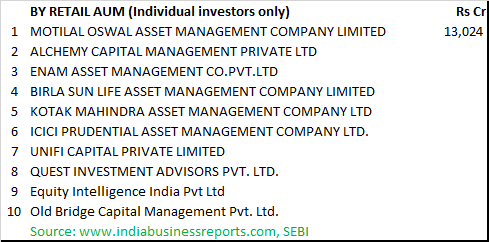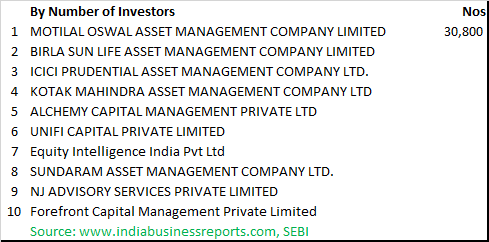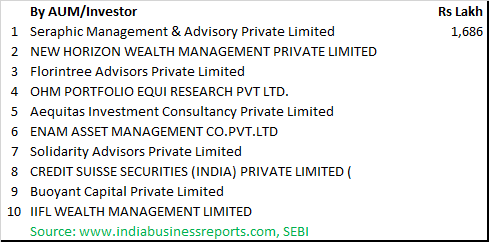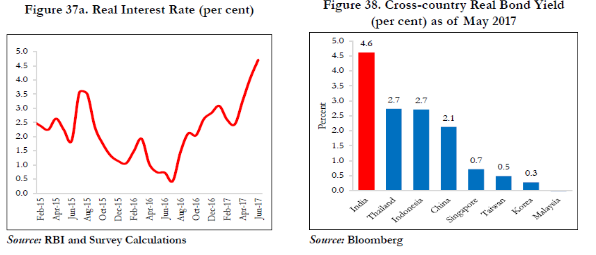In these times of distress, one thing is very clear: India will win this fight against Covid-19 not with the help of any of the new age digital businesses, but due to age old supply chains which existed before foreign VC money and copy cat business models invaded India.
Now, when the chips are down, we are buying our basic staples and veggies from the neighbourhood stores and vendors.
I have long believed that one of the biggest facets of the Indian urban life is the easy availability of everything. Within 1km walking radius, one can get can pretty much everything one wants in an Indian city. That is a huge asset. New age gurus may come and talk about the ‘inefficient’ Indian traditional retail, but it serves a huge purpose, as we now realise.
Yes, modern retail and e-com has its uses, but let us not mollycoddle them at the expense of the traditional retailer.
E-com has been treated with a velvet glove for far too long. The government authorities like Competition Commission of India (CCI) have been ignoring practices like predatory pricing: just about every e-com business is guilt of giving regular discount from its own balance sheet on a regular basis.
CCI’s study ‘Market Study on E-commerce in India’, released in Jan’20 reported this:
- In all the categories covered in the study, there was near unanimity amongst sellers/service providers on online discounts being the key factor influencing competition. Consumer preference, according to significant majority of respondents (sellers/service providers), was being sculpted around the metric of price/discounts.
- The major online platforms in India, while providing the technology infrastructure to connect sellers/service providers with buyers, may also be engaged in pricing by way of funding price discounts for the products listed on the platform. The respondent platforms operating in goods e-commerce have denied any direct role in pricing or discounts; third party sellers offer discounts, according to them. As the study shows, many platforms, which operate as pure marketplaces without having their own inventory, do also offer discounts over and above the price set by the seller/service provider. This is purportedly aimed at customer acquisition and is pursued by the platforms as part of their growth strategy. The discounting practices of large online platforms have emerged as a major point of contention in the study. Respondent business users of platforms in all the three categories have raised concern around discounts on multiple grounds
- Sellers/service providers were of the view that discounts offered by marketplaces differ across sellers/service providers. The differential discounting structure, according to them, affects competition and the playing field on the platform
- Secondly, in the service categories, when intermediary platforms offer discounts over and above the price set by the service provider, the service provider loses control over the final price that is offered to the customer.
- Even when the service providers are funding the discounts, for instance in the food service category, it is the platform that reportedly decides the discount scheme and structure. As per the respondents, businesses individually have no say over the design of the discount schemes or the platform-business split on discounts.
- Lastly, the predominant concern regarding deep discounts in the goods category centred on the issue of alleged below-cost pricing in certain product categories, such as smartphones and electronic/electrical appliances on online platforms, impairing the ability of brick and mortar players to compete in the market.
It is clear so called ‘marketplaces’ are using their own balance sheet to offer discounts. The Point 2 above is amazing – the Survey is clearly saying marketplaces lied to them!!
The survey finally recommended the following: The need for clear and transparent policies on discounts, including inter alia the basis of discount rates funded by platforms for different products/suppliers and the implications of participation/non-participation in discount schemes.
However, all this is too slow and too benign. Ecommerce firms can’t thumb their noses at authorities with impunity. Their discounts need to be stopped; those they don’t play fair, should be barred from conducting business in India.
A case in point: E-pharmacies, which have been giving insane discounts of 20-25% for 3 years or more. They are advertising on mass media. How is this being allowed? These are margins coming from the balance sheet. That is much more than the gross margin in the business, clearly showing predatory pricing. No neighbourhood pharmacy can match this. Why is this still going on?
So lets tighten the screws on the marketplaces. We need the neighbourhood retailer to survive and exist.





